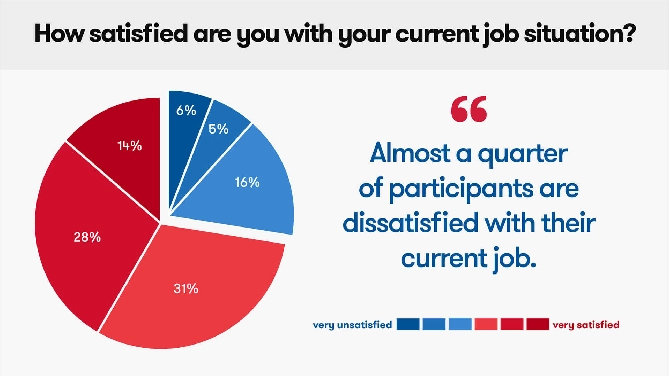Among the many significant changes brought about by the coronavirus pandemic, one trend looks set to endure in the long term. When the lockdown was first announced in the UK in March 2020, millions were forced to isolate themselves in their homes, unable to travel, socialise or head to their place of work.
That meant a large proportion of the population did their jobs remotely, which cut out commuting time and added flexibility, and posed some major challenges. One of those was the issue of cybersecurity.
It’s been reported that cybercrime increased 31% during the height of the pandemic, with UK businesses losing millions in the process. Read on to find out more about the different types of cyber attacks, why remote workers are being targeted, and what companies can do to guard against those threats.
Why Are Remote Workers More Vulnerable to Cybersecurity Threats?
With the vast majority of daily tasks being carried out online, the threat of a security breach is always present. While business systems and processes have become more advanced, also have the techniques used by hackers, who are constantly finding new ways to overcome those hurdles and carry out their illegal activities.
As millions around the country are now doing their jobs from home, those criminals have sensed an opportunity in that many remote workers won’t benefit from the same security measures they receive when operating from within an office environment.
What Are Some Examples of Common Cyber Attacks?
Cyber threats can come in many different forms, including:
● Phishing emails, which have been increasingly prevalent in the pandemic era. This is where the victim is encouraged to click a link – usually under the pretence of urgent action being required – and is tricked into sharing sensitive data as a result.
● Data fraud, where those who no longer work for the business have kept hold of some sensitive information that belongs to that company.
● Keylogging, which uses spyware on an individual’s device. This spyware is then used to capture personal information and log-in credentials.
What Can Businesses Do to Protect Their Employees and Their Data?
Companies can put on training sessions for staff at all levels of the organisation to understanding how to spot a potential security threat and the protocols they should follow to report it. They can also sign up for a virtual private network (VPN) service (https://nordvpn.com/download/) and be ensure that the data they send and receive is encrypted.
Meanwhile, backing up data and updating antivirus software is something that should be carried out on a regular basis.







